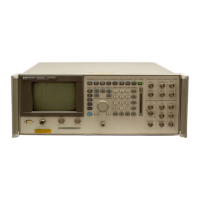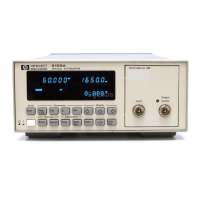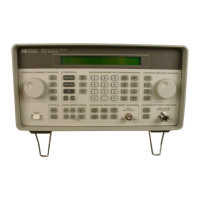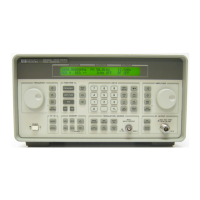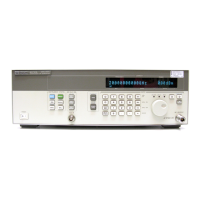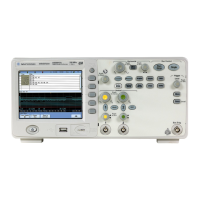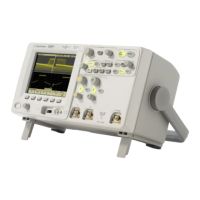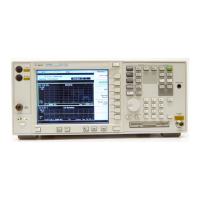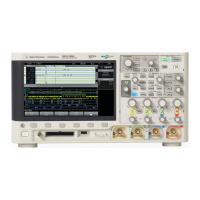35
S:\Hp8960\E1960A GSM Mobile Test Application\A.04 Release\Proguide\Chapters\prog_prog_guide_step4.fm
Step 4: Establish an Active Link with Mobile Station
Using the Call Connected Arm Command for Call Connect Synchronization The call-state-change-detector arm
command is used by the control program to tell the test set that it is expecting a change to the state of a call prior to
initiating the state change. By first arming the call-state-change-detector, then querying the call connected state, and
then attempting a BS or MS originated call, the call-connected-state query will hang until the connection operation
begins and then reaches a final (Idle or Connected) state.
However, if the change detector is armed and a call connection is attempted but the call state never progresses from the
Idle state, the call-connected-state query would hang forever. This could easily happen if the mobile is badly broken, the
mobile is not connected to the test set, no one pushes the “send” button on the mobile, etc.
A call-state-change-detector time-out timer is provided which is used to prevent the call-connected-state query from
hanging forever.
Call Connected Time-out Command The call-connected-time-out command is used to set the time-out
value for the call-state-change-detector time-out timer.
Example 4. Command Syntax:
CALL:CONNected:TIMeout <numeric value>[<suffix>]
Using the Call State Change Detector Time-out for Call Connect Synchronization The
call-state-change-detector time-out mechanism allows the test set to disarm the call-state-change-detector which releases
the call connected state query if it is currently hanging.
The time-out timer is started whenever the call-state-change-detector is armed or gets rearmed when already armed. The
duration of the time-out is set using the call-connected-time-out command and should be set to the maximum amount of
time the control program should wait between arming and the connect process to begin. Once the process starts and the
call state has moved into one of the transitory states the GSM defined protocol timers take over and prevent the call state
from staying in a transitory state forever.
If the timer expires while the call is in the Idle or Connected state, the call-state-change-detector is disarmed, which
releases the call connected state query if it is currently hanging.
If the timer expires while the call is in one of the transitory states it is ignored as, once in any transitory state, the
GSM-defined protocol timers limit the amount of time that can be spent in any transitory state.
Call-state-change-detector Auto Arming As a programming convenience the test set automatically arms
the call-state-change-detector, using a fixed time-out value of 60 seconds, whenever a BS originate or BS
disconnect is requested.
Because of this, there is never a need for the control program to explicitly arm the call-state-change-detector
or set a call-state-change-detector time-out value before BS initiated events. If for sake of coding efficiency, the
programmer wishes to use the same code segment for both BS and MS call processing events, the commands to
arm the call-state-change-detector and to set the call-state-change-detector time-out time will be accepted but
ignored should the control program actually send the commands to the test set for BS call processing events.
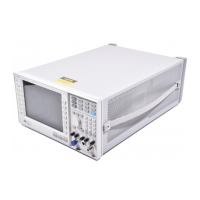
